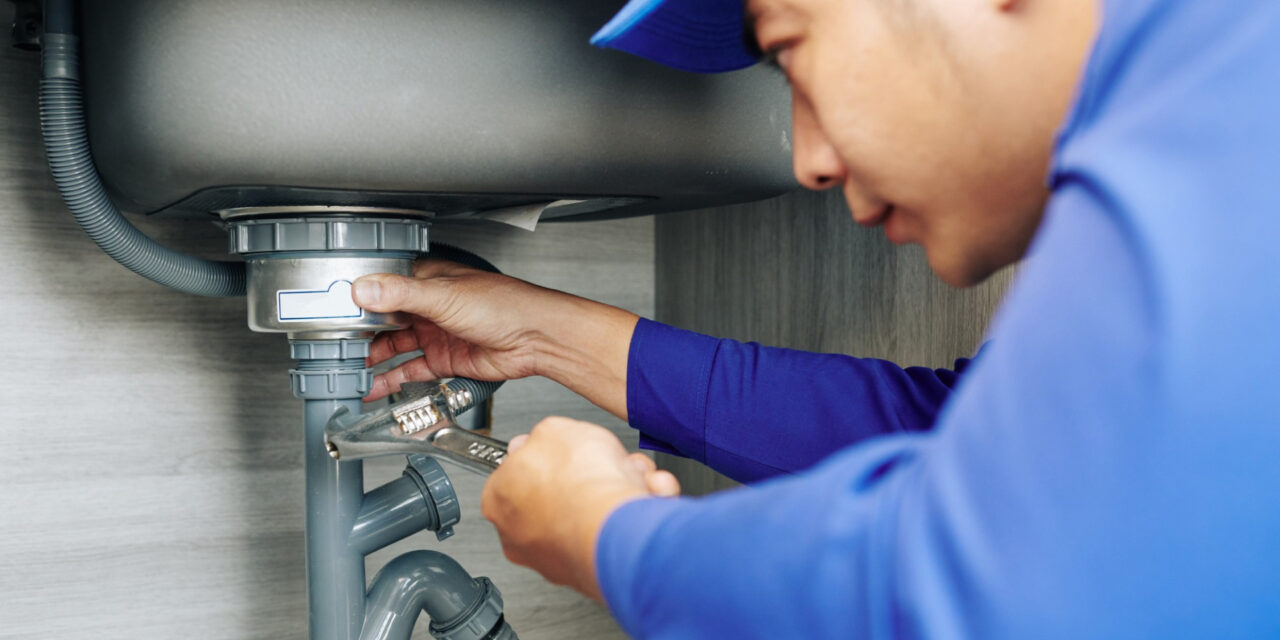How to Find and Repair Work Water Leaks-- A Comprehensive Guide
How to Find and Repair Work Water Leaks-- A Comprehensive Guide
Blog Article
Listed here down the page yow will discover a lot of decent additional info regarding Top leak detection hacks.

Early discovery of dripping water lines can alleviate a possible catastrophe. Some tiny water leaks may not be visible.
1. Analyze the Water Meter
Examining it is a guaranteed means that aids you uncover leakages. If it moves, that shows a fast-moving leakage. This means you might have a slow-moving leakage that can even be underground.
2. Inspect Water Usage
If you detect unexpected adjustments, in spite of your intake being the exact same, it means that you have leakages in your plumbing system. A sudden spike in your bill indicates a fast-moving leak.
A steady rise every month, even with the exact same behaviors, shows you have a slow-moving leakage that's likewise slowly intensifying. Call a plumber to completely check your residential property, specifically if you feel a cozy location on your flooring with piping below.
3. Do a Food Coloring Examination
When it comes to water usage, 30% comes from commodes. If the color in some way infiltrates your dish during that time without flushing, there's a leakage in between the tank and dish.
4. Asses Outside Lines
Don't fail to remember to examine your outdoor water lines as well. Test faucets by attaching a yard hose pipe. Ought to water leak out of the connection, you have a loosened rubber gasket. Change this and make sure all connections are tight. If you've obtained a sprinkler system, it will help get it properly checked out and kept each year. One small leakage can throw away tons of water as well as spike your water bill.
5. Examine the circumstance as well as check
Property owners ought to make it a habit to check under the sink counters and even inside closets for any kind of bad odor or mold and mildew development. These two warnings show a leak so timely focus is called for. Doing regular assessments, even bi-annually, can save you from a significant trouble.
More significantly, if you understand your house is already old, keep a watchful eye on your heating systems, pipes, pipelines etc. Check for discolorations and deteriorating as most devices and also pipes have a life expectancy. They will also normally wear away as a result of wear and tear. If you suspect dripping water lines in your plumbing system, don't wait for it to intensify. Call a professional plumber right now so you do not end up with a dreadful mess in your house.
Early discovery of leaking water lines can mitigate a possible disaster. Some small water leaks may not be noticeable. Examining it is a proven means that helps you find leakages. One little leakage can waste heaps of water and spike your water costs.
If you believe dripping water lines in your plumbing system, do not wait for it to escalate.
How to Know If Your Home Has a Hidden Leak
Water Meter Reveals Inexplicable Water Usage
If you’d like to test whether or not there’s a leak somewhere in your home, you can do this using your water meter. Here is how to conduct the test:
Don’t use any water in your home for at least 30 minutes; this also means not turning on faucets or water-using appliances.
Go outside, and check your water meter for activity.
If your water meter shows that there was activity, even though no one was using any water, this proves that there is a leak in your home.Visible Mold or Mildew Growth
Leaks behind walls create moist, dark environments that allow mold and mildew to grow and thrive. Eventually, you might see mold growth forming on the wall closest to a hidden leak.
If mold is growing in an area that receives a high amount of moisture, such as a bathroom, it may simply be an indication that better ventilation is needed. However, if you see mold growth on a wall or the ceiling in an area where you would not expect, you probably have a hidden leak.
Musty, Mildew Odor
Sometimes you might not be able to see the mold or mildew that is growing as a result of a leak. However, the smell can give the problem away just as easily. If you catch a whiff of something musty, there’s a good chance that old water is collecting somewhere in your home that you can’t see.
Stained/Warped Walls, Ceilings, or Floors
When your home soaks up water, a variety of red flags can become visible, including ceiling stains, bubbling drywall, warped walls, and sagging floors. While these issues can be caused by excess humidity, they can also be signs that a pipe or plumbing connection has started leaking behind your walls.
Inexplicably High Water Bill
After a while, you get a general sense for what your water bill should be. If you own a pool or sprinkler system, your bill will tend to be higher during summer. However, if you receive a water bill that seems especially high, and you can’t figure out what caused it, then you may have a hidden leak somewhere that’s increasing your bill.
https://www.plumbingjoint.com/blog/2019/july/how-to-know-if-your-home-has-a-hidden-leak/

Do you appreciate more info about Locating water leaks? Place a remark below. We would be interested to hear your thinking about this write up. Hoping that you visit us again soon. Sharing is nice. Helping others is fun. We recognize the value of reading our article about Locating water leaks.
Report this page